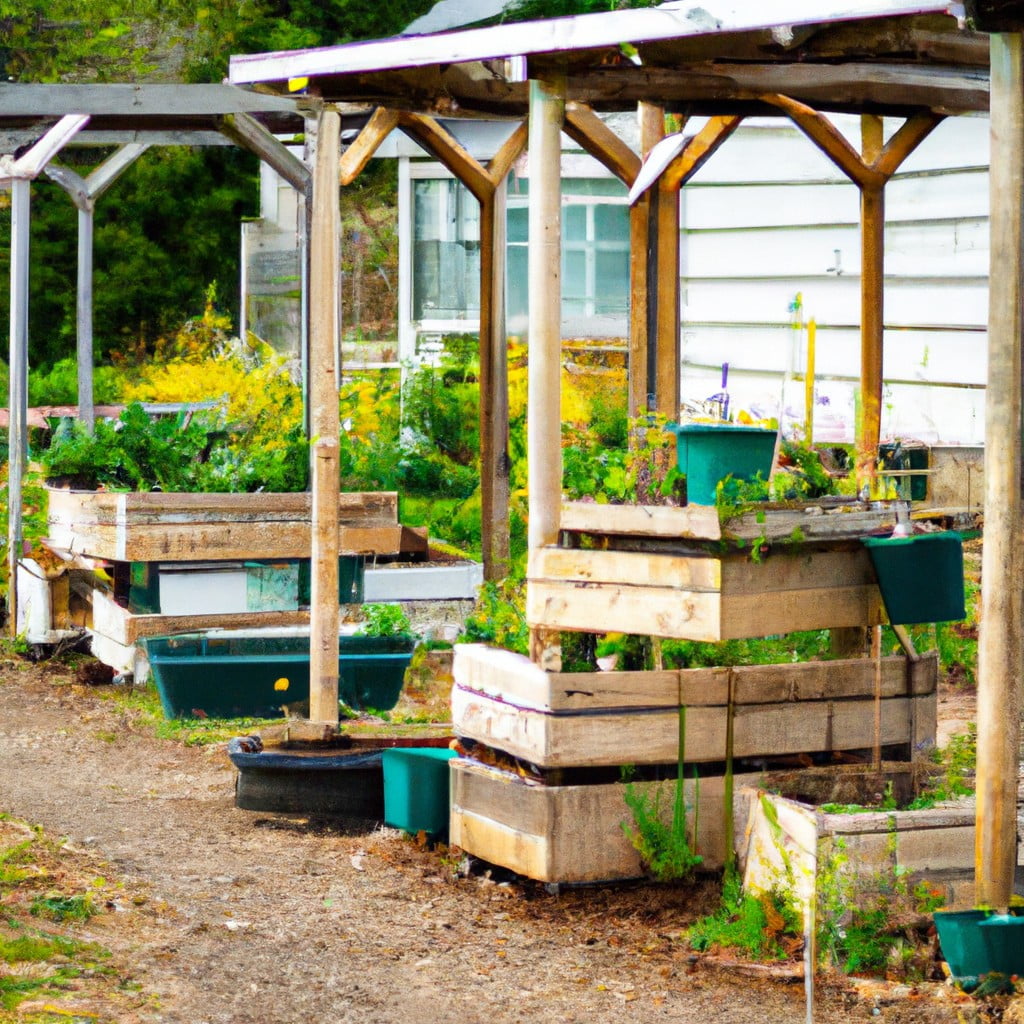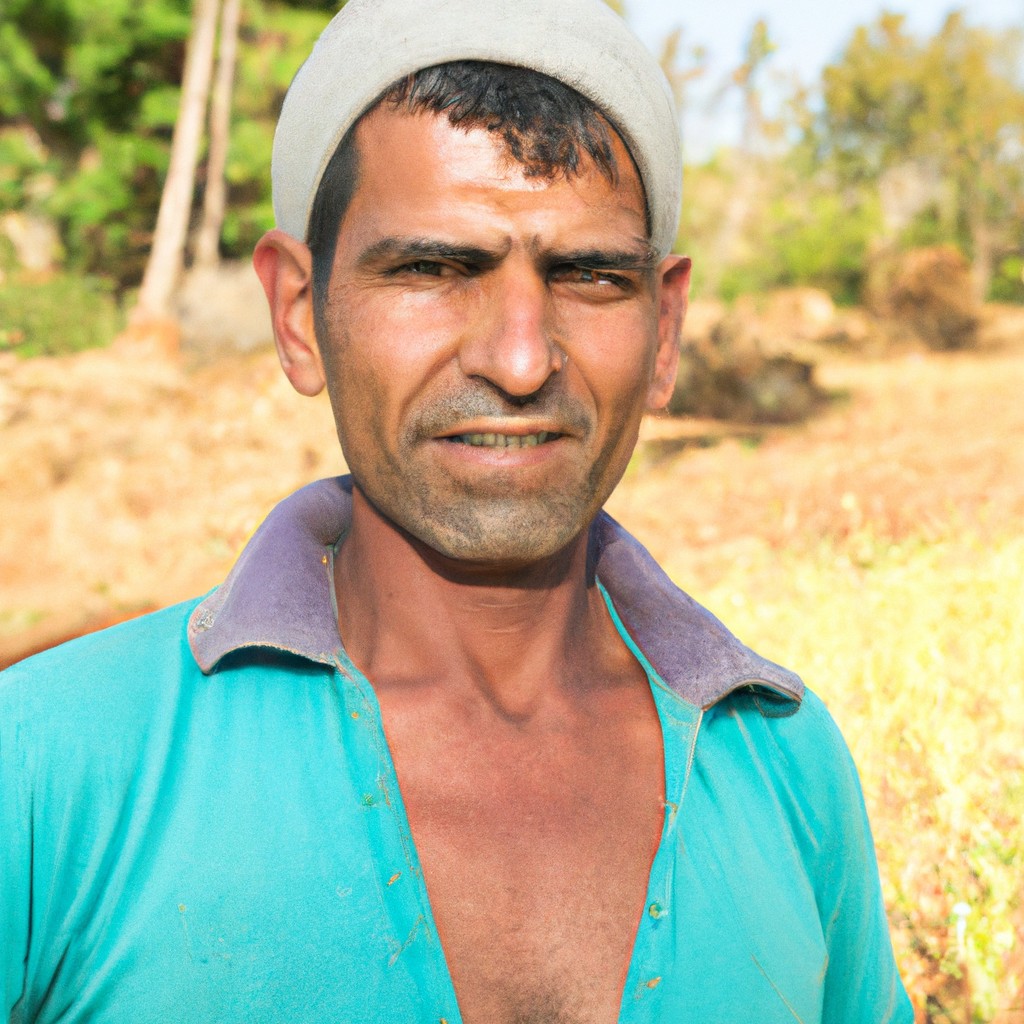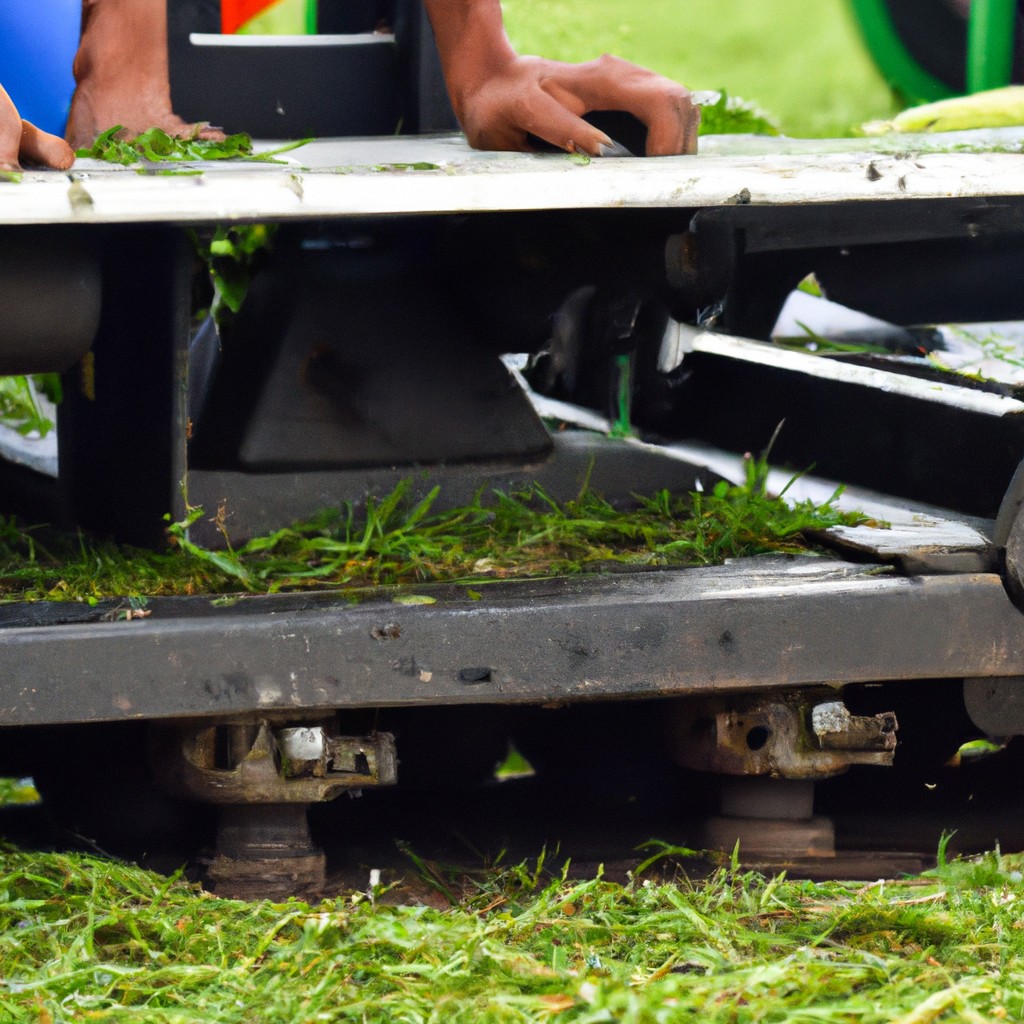Discover the essential steps in designing a permaculture farm to maximize productivity while preserving ecological balance.
Designing a permaculture farm is an exciting and rewarding endeavor that combines principles of sustainable agriculture, ecological design, and self-sufficiency. The process involves careful planning and understanding of natural systems to create a productive and sustainable farm.
This article will guide you through the essential steps of designing a permaculture farm, from observing and understanding your land, selecting appropriate plant and animal species, to implementing efficient water and energy systems. By following these guidelines, you will be able to create a farm that is not only productive and sustainable, but also regenerative and resilient, contributing positively to the environment.
Stay with this article to get a comprehensive understanding of each step.
Key takeaways:
- Use permaculture ethics: care for the earth, care for people, fair share.
- Design based on patterns found in nature for optimal energy flow.
- Create functional interconnections between elements for mutual support.
- Use the scale of permanence model to prioritize factors for sustainability.
- Gather necessary maps to understand land characteristics and make informed decisions.
Look Inside:
Understanding the Basics of Permaculture Farm Design

In the realm of permaculture farm design, certain foundational principles are integral. One must initially comprehend the ethics of permaculture: care for the earth, care for people, and fair share. These three form the basis of all decisions and designs in permaculture.
Planning your design based on zones, a concept unique to permaculture, can dramatically increase your farm’s efficiency. From Zone 0, your house or the most visited part of your property, through to Zone 5, the wild and least interacted zone, each area has its own purpose and hence requires specific design consideration.
In permaculture, designs should be based on patterns found in nature. These can be as simple as the branching of a tree or as complex as a forest ecosystem. By mimicking these patterns, farms can optimize their energy flow and resource use.
Consideration should also be given to the concept of functional interconnection. This means creating relationships between different elements of your design where each element supports the other. For instance, a chicken can provide pest control for your vegetable garden, while the garden provides food scraps for the chicken.
Lastly, keep ongoing observation and adaptive management in mind. A permaculture farm is not a static entity; it evolves organically over time. It’s essential to continuously observe, learn from, and adapt your design to ensure its sustainability.
Developing a Permaculture Farm Using the Scale of Permanence Model
The scale of permanence is a hierarchical model often used in permaculture design to help prioritize various factors for long-term sustainability. The key aspects of the model in designing a permaculture farm include:
- Climate: Analyze the local climate to choose suitable crops and farming strategies.
- Landform: Consider the natural landforms of your property, including slopes, elevation, and terrain, to optimally place different elements.
- Water: Develop efficient systems for harvesting, storing, and distributing water.
- Access: Plan well thought out pathways and structures to save time and energy in daily farm operations.
- Vegetation and wildlife: Incorporate existing vegetation and wildlife into your design, ensuring coexistence and mutual benefit.
- Buildings and infrastructure: Design and place structures that are functional, energy-efficient, and harmonious with the natural environment.
- Zones of use: Designate areas of the farm based on their frequency of use and access, from the homestead out to wilderness.
This model is a powerful tool for considering the broader context of your farm design, helping to ensure its resilience and sustainability for generations to come. The key is to adapt to your unique environment rather than trying to force it to adapt to you.
Essential Maps for the Perfect Permaculture Site Design
Maps are vital tools when devising a permaculture site design. They provide essential details about geographical characteristics, allowing potential moves to become more evident and efficient.
The base map sets the foundation, highlighting property boundaries and existing structures. This information offers a basis for all further planning.
A climate map is next, outlining local climatic patterns including wind direction, rainfall and temperature ranges. Recognizing these elements can guide in the choice of plant species and placement.
A contour and slope map is crucial to understand how water moves across the site, helping to devise water management strategies and identify suitable locations for structures or plantings.
Finally, an ecological map showing existing flora, fauna and soil types can guide decisions about what new species may be introduced and where they might best thrive.
Remember, these maps should relay clear information and assist rather than complicate the design process. Therefore, they only need to be as detailed as necessary. Each map will enhance your understanding of the land and provide critical insights, allowing more informed planning decisions for a successful permaculture design.
Advantages and Disadvantages of Hiring a Professional Designer Vs. DIY
Engaging a professional designer brings several key benefits. They possess vast experience and skill set in sustainable farm design, often resulting in a more efficient layout and better use of space. Additionally, they can bring fresh, innovative ideas to the table, significantly broadening your farm’s potential.
On the downside, utilizing a professional can be costly, and it may be harder to incorporate your personal vision into the design. There might be a disconnect if the designer is not familiar with your specific geographic and environmental conditions.
In contrast, opting for a DIY approach allows you full control over your farm design and provides chances for learning and personal growth. You can tailor the layout based on your interest and needs.
However, a DIY approach could be time-consuming and bears a risk of design flaws due to lack of experience. This approach also takes time away from other aspects of your farming operation and personal life.
Before making a decision on whether to hire a professional or DIY, consider your budget, time availability, design knowledge and experience, and personal dedication to the project. Through thoughtful evaluation, you can make a decision that suits your needs and aspirations.
Gathering Necessary Maps for Your Site As a Pre-design Step
Acquiring the right maps for your site kickstarts the permaculture design process, facilitating informed decision-making. These essential references include:
- Topographic Map: Depicts the physical features and contours of your property, which are crucial in understanding water flow and land usage.
- Soil Map: Shows different soil types, their distributions and characteristics. These characteristics will influence what can be grown and where.
- Climate Data Map: Provides information on overall climate, temperature, rainfall, and sunlight patterns. This data helps to determine the suitable plant and animal species for your farm.
- Vegetation Map: Reveals existing plants, trees, and vegetation. It helps in identifying which species to keep or integrate into your design.
- Zoning Map: Illustrates the legal boundaries of land use, indicating any possible restrictions.
- Aerial Maps/Satellite Imagery: Offers an overhead view, giving a completely different perspective of your land. It can be particularly helpful in identifying patterns and land use areas.
After acquiring these maps, take time to study and thoroughly understand them before proceeding to the next step of design. This understanding will guide the placement of elements in your farm. Understand these maps do not only serve as a layout but more importantly as strategic tools for the sustainable and regenerative development of your permaculture farm.
Creating a Comprehensive Master Plan for Your Permaculture Site
A comprehensive master plan serves as your compass, steering you through the implementation process and avoiding potential pitfalls. It should reflect your observations, tractability strategies for each design element, and sector map analysis.
Assess your landscape’s physical characteristics, such as topography, soil type, existing vegetation, and water sources. Also, identify the elements that affect these resources, like wind directions or seasonal changes.
Determine your farm’s natural zones, from the most intensively managed zone (usually near the residence), to the wildest and least managed areas. This provides an intuitive way to allocate resources and decide where to place various elements.
Detail a plant and animal species list suitable for each zone. Consider plant guilds, which are groups of mutually beneficial species, aimed at creating a productive and resilient ecosystem.
Consider access points, paths, and traffic patterns. Efficient access and roaming paths can minimize time and energy spent on daily tasks.
Outline a significant infrastructure map, including buildings, fences, irrigation systems, etc. Moreover, consider renewable energy systems like solar or wind power, aiming for self-sufficiency.
Include a phased-out implementation plan addressing the sequence of development, meeting both short-term objectives and long-term goals. Efficient planning can save you time and resources in the long run.
Remember, the master plan isn’t a rigid framework but, rather, a living document, adapting over time as you gain more knowledge and experience with your land. The completeness, rather than the perfection of the master plan, is the key, as it allows for gradual tunning and adaptation.
Water Management in Permaculture: Importance of the Water Map in Site Design
A well-designed water map serves as an essential component in managing water resources for your permaculture farm. It allows you to identify the flow and usage of water on your land, aiding in planning for effective water management systems.
Locate all sources of water on your farm, including wells, rivers, and rainwater catchments.
Note all the high and low points on your property. This will assist with gravity-fed systems and alert you to potential flooding areas.
Assess the frequency of rainfall in your area and take into consideration periods of drought when planning your water system.
Evaluate the capacity for rainwater harvesting and storage. Consider roofs, gutters, ponds, and tanks for their capacity to collect and store water.
Create a plan for the efficient distribution of this water throughout your farm, taking into consideration the needs of your chosen crops and animals, while also avoiding waterlogged areas.
By following these steps, you can ensure that your water map is comprehensive, functional, and sustains both your farm and the natural ecosystem.
FAQ
How many acres do you need for a permaculture farm?
For a permaculture orchard enterprise, it is typically recommended to have at least five acres of land.
Are permaculture farms profitable?
Permaculture farms can be profitable through intensive production on minimal land, utilizing manual techniques, and generating income from the sale of diverse seasonal products.
What are the key principles involved in setting up a successful permaculture farm?
The key principles involved in setting up a successful permaculture farm are observing and interacting with nature, catching and storing energy, obtaining a yield, applying self-regulation and accepting feedback, using renewable resources, producing no waste, designing from patterns to details, integrating rather than segregating, using small and slow solutions, using and valuing diversity, valuing the marginal, and creatively responding to change.
How does the permaculture method contribute to biodiversity and soil health?
The permaculture method contributes to biodiversity and soil health by promoting diverse plant species, composting, and recycling of organic matter, which enriches the soil microbiome, boosts soil fertility, and fosters a symbiotic interplay of organisms.
What practices can be implemented to make a permaculture farm resilient to climate change?
To make a permaculture farm resilient to climate change, one can implement practices such as diversifying crop species, enhancing soil fertility through composting and mulching, integrating livestock, and using water harvesting techniques.




